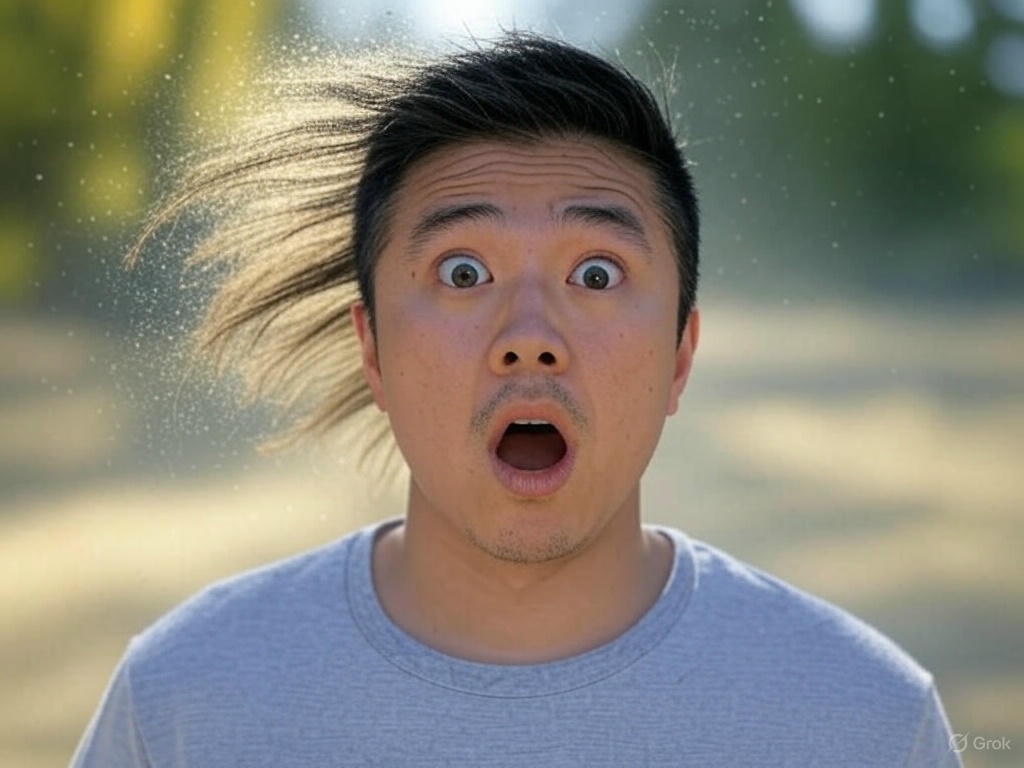
Eyes on the Breath: Scientists Discover Sync Between Breathing and Pupil Size
Share
🧠 The Unexpected Connection Between Breathing and Vision
You’ve probably heard that the eyes are the windows to the soul—but did you know they may also reflect your breathing pattern?
In a remarkable new study conducted by scientists at the Karolinska Institute in Stockholm and the University of Groningen, researchers have discovered that pupil size changes rhythmically with each breath. This finding introduces what they’re calling the "pupillary respiratory phase response"—a fourth fundamental response of the pupil, previously unknown to science.
👁️ Pupils: More Than Just Light Sensors
We’ve long known that our pupils shrink in response to bright light and dilate in darkness, helping us balance light intake like a camera lens. Beyond that, pupils widen when we’re emotionally charged or mentally engaged, and they constrict when focusing on close objects.
But now, there’s another player influencing this complex system: your breath.
🔬 What the Study Found:
-
Pupil size is smallest at the start of inhalation
-
Pupil size is largest during exhalation
-
This rhythmic fluctuation persists regardless of lighting, task difficulty, or focus distance
-
The effect holds true whether you breathe through the nose or mouth, and whether breathing is fast or slow
“This response originates in the body itself, independent of visual input or cognitive demands,” say the researchers. “It’s a subtle, constant biological rhythm syncing breath with sight.”
🧬 Why This Matters
The implications are huge—not just for vision science, but for psychology, neurology, and even mindfulness practices.
This discovery suggests:
-
Breathing may influence how we perceive the world visually
-
Our nervous system may be more tightly integrated with our sensory perception than we realized
-
Future research could explore how these changes impact focus, stress, or even eye-based diagnostic tools
Imagine technologies that track breath through the eyes or therapies that use controlled breathing to enhance vision. We're just beginning to scratch the surface.
🧘♀️ Vision Meets Mindfulness?
With this newfound breath-vision connection, there’s even greater scientific support for practices like meditation, pranayama (breath control), and breath-focused therapy. These methods, long hailed for calming the mind, might also be subtly reshaping how we see the world—literally.
🔍 What’s Next in Research?
The team plans to explore how these breath-related pupil changes affect actual visual perception:
-
Does vision sharpen during inhalation?
-
Are we more attuned to the periphery during exhalation?
-
Can these patterns be disrupted in neurological disorders?
The door is now open for a deeper understanding of how internal rhythms orchestrate our experience of reality.
🌬️ Final Thoughts
This discovery reveals the elegant synchrony between two systems we often take for granted—breathing and seeing. As science continues to uncover the hidden rhythms of the body, we’re reminded how deeply interconnected we truly are.
Next time you take a breath, remember: your eyes are moving with it.